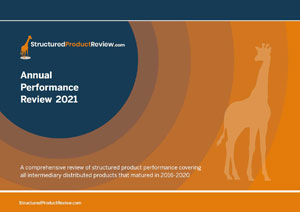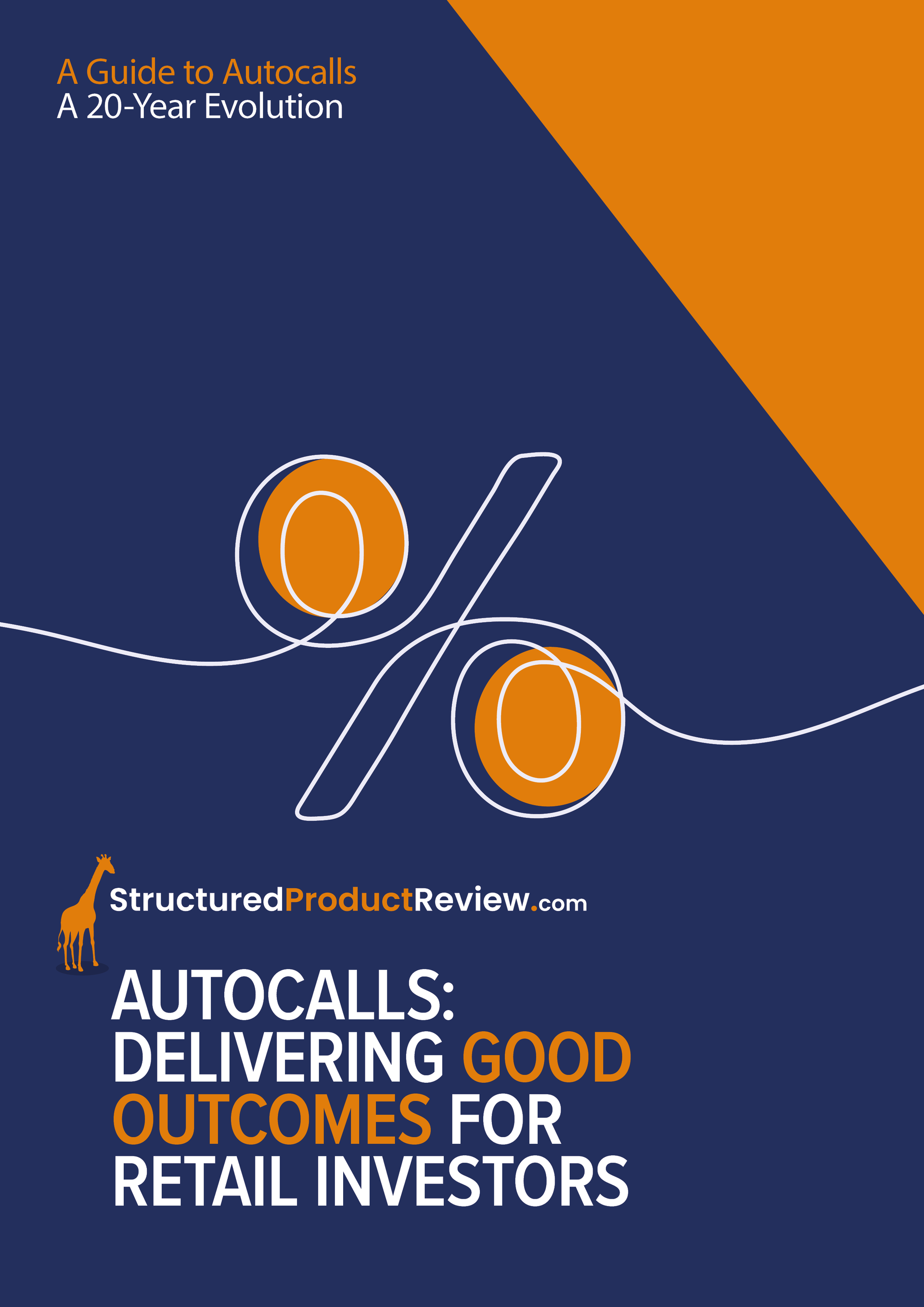21/02/2024
In January 2019, Jeff Prestridge wrote an article for the Mail on Sunday, discussing some of the possible components that could be used within a diversified portfolio alongside the usual equities, fixed interest and property. This included the use of structured products, so five years on we thought it would be interesting to see how the different asset classes would have fared.
Of course, a lot has happened in the intervening years. We’ve had a General Election to ‘Get Brexit done’, Covid and the resulting global lockdowns, war in Ukraine and Gaza and much more besides. Global supply lines for both goods and energy were badly impacted by these events, fueling higher inflation and rising interest rates. An interesting time to be invested, to say the least.
Beginning with equities, the mainstay of most investment portfolios, there was much disparity across the major regions. The US lead the way by some distance, with the S&P 500 index giving a total return (including reinvested dividends) over the period[i] of 96.43%, an average annualised return of 14.11%. Next came Europe, with the Eurostoxx 50 index giving a total return of 61.55%, 10.07% annualised. Further back was Japan with the Nikkei 225 index returning 32.72%, 5.82% annualised and the UK, as measured by the FTSE All Share index rising 30.42%, 5.46% annualised. The big negative region was China, with the Hang Seng index down 32.22% over the 5 years, an annualised loss of -7.48%.
For a UK investor looking to invest passively through a tracker fund, the HSBC FTSE All Share index fund, as an example, would have given an annualised return of 5.44%, whilst the more global HSBC FTSE All World Index fund produced an annualised return of 11.40%.
Fixed Interest assets didn’t fare so well, with the IA Sterling Corporate Bond sector average only rising 3.49% over the five years, whilst the IA UK Gilts sector average was down 15.94%. Early gains over the first three years were wiped out during 2022 as interest rate rises pushed capital values down faster than the income generated could compensate.
Property too gave a negative return over the period, with the IA UK Direct Property sector average being down 0.98% over the five years.
Cash, of course has fared better towards the end of the period thanks to rising interest rates, but produced very little return over the initial years. Using the MoneyFacts 90 Day Notice account as a proxy, the total return over the five year period was just 6.37%, or 1.24% on an annualised basis.
Gold was another asset suggested in the Mail on Sunday article. Using the WisdomTree Physical Gold ETF as a proxy here, this would have given a return of 57.18% over the period, 9.47% annualised.
So how did structured products compare over that period? Using data from the latest StructuredProductReview.com five-year performance review, the average annualised return of all capital at risk structured products maturing in that period was 6.63%. Looking at just those linked to the FTSE 100 and FTSE CSDI indices, the average return was similar at 6.68%.[i]
Option 2 offered a higher annual coupon of 12.28% but needed the FTSE 100 Index to be at or above its Initial Index Level to mature.
Option 3, the more adventurous option, offered a 14.51% gain for each year held, provided the FTSE 100 Index closed at least 5% higher than the Initial Index Level on one of the observation dates.
As it turned out, both options 1 and 2 matured on their third anniversary (22 February 2022), returning gains of 28.32% and 36.84% respectively. Option 3 ran for a further year, maturing on its fourth anniversary (22 February 2023) with a gain of 58.04%.
The maturity proceeds from Options 1 and 2 could have been invested back into the April 2022 version of the Mariana 10:10 plan, which will have its first observation points in April this year. Option 1 of this plan offered a coupon of 7.8% for each year it was in force, again measuring against a reducing reference level each year. Option 2 offered a coupon of 9.4%, with the underlying index needing to be at or above its initial index level. This time, however, the underlying index was the FTSE CSDI index, rather than the FTSE 100 index. The FTSE CSDI index measures the performance of the same 100 companies, in the same proportions, but handles dividends in a slightly different way. As such it is over 99% correlated with the FTSE 100 index.
Based on market levels at the time of writing Option 2 is on target to mature with a gain of 18.8% whereas Option 1 will need to see the stock market rise a little to trigger the maturity on the first opportunity in April. If both do mature this year and the original investment had been rolled over like for like, then those investing in Option 1 would have received a total return of 48.34%, whilst option 2 investors would have received 62.57%. That is an annualised return of 8.21% and 10.21% respectively, higher than the averages given above, although it is accepted that they are over slightly different timescales.
Source: FE Analytics and StructuredProductReview.com
Whilst these annualised returns are below those achieved by a global equity index tracker, they are higher than most of the other asset classes covered, despite protecting capital from all but the most extreme circumstances. We feel this shows that the original article was correct suggesting investors considered them as part of a well-diversified multi asset portfolio, where they definitely have a place.
[i] Source: FE Analytics and Investing.com. All performance figures are for the period 31 January 2019 to 31 January 2024.
[ii] Source: StructuredProductReview.com
Structured investments put capital at risk.
Past performance is not a guide to future results.
Also in this section
- Return of Nikkei
- Q1 2024 issuance
- Q1 2024 maturity results
- Structured Products – AAAAAGH!
- Hop in CIBC
- Re-enter Santander
- How to build a financial fortune - revisited
- Issuance in 2023
- Where's the risk?
- Questionable offerings
- Challenging the case against structured products - 'Loss of dividends'
- Navigating the investment landscape
- Challenging the case against structured products - Counterparty risk
- 6-year autocalls approaching final destination
- 1,750 FTSE capital at risk autocall maturities
- The leopard that changed her spots
- Q3 2023
- Challenging the case against structured products - Keydata
- Dilemmas for UK IFA's and the unique role of Structured Products
- 'High charges'
- Precipice bonds
- Intro
- FTSE 100 Contingent Income
- Indexing the indices
- Something different
- Investing through volatility
- 100 10:10s
- The best or worst?
- The 10%/25% 'Rule' that never was
- Structured products and the yield curve
- Fixed income: Capital at risk?
- Prospects for UK inflation - and fun with A.I!
- The Barrier Debate
- More Deposits for now
- Last of the Americans
- What if?
- Time heals all wounds, we hope...
- How to diversify portfolios using structured products?
- The Proof Is In The Pudding...
- Debunking Structured Misconceptions
- 1,500 FTSE Capital-at-Risk Autocall Maturities
- Q3 2022 Maturity Results
- What do we prefer?
- Deposits vs Capital ‘Protected’
- There’s time yet…
- Where did you invest your clients?
- A Six-Month Reflection
- Return of the Rev Con
- Happy 2nd Birthday FTSE CSDI
- Q2 2022 Maturity Results
- The best and worst yet still the best
- Critique my Suitability - Mariana 10:10 Plan June 2022 (Option 2)
- 10/10 for 55 10:10’s
- Q1 2022 Maturity Results
- 'How to build a financial fortune': a follow up
- Critique my Suitability - Mariana 10:10 Plan April 2022 (Option 2)
- 2021 Capital-at-Risk Autocall Maturity Review
- An unwelcome return...
- CSDI's First Birthday
- Bon Anniversaire
- Introducing the FTSE Custom 100 Synthetic 3.5% Fixed Dividend Index
- Q3 2021 Maturity Results
- Critique my Suitability - Mariana 10:10 Plan October 2021 (Option 2)
- Blurring the lines...
- Beware of false knowledge; it is more dangerous than ignorance
- Good news, bad news...
- Certainty is Certainly a Benefit
- Critique my Suitability - Mariana 10:10 Plan September 2021 (Option 2)
- A Twenty-Year Progression
- Q2 2021 Maturity Results
- Nine 8:8s Post Positive Returns in Falling Markets
- Critique my Suitability
- Q1 2021 Maturity Results
- Morgan Stanley’s Marvelous Maturity Medley
Current Products
We review the UK's retail structured investment sector, providing pertinent support for Professional Advisers and relevant research tools.
View all ⟶


